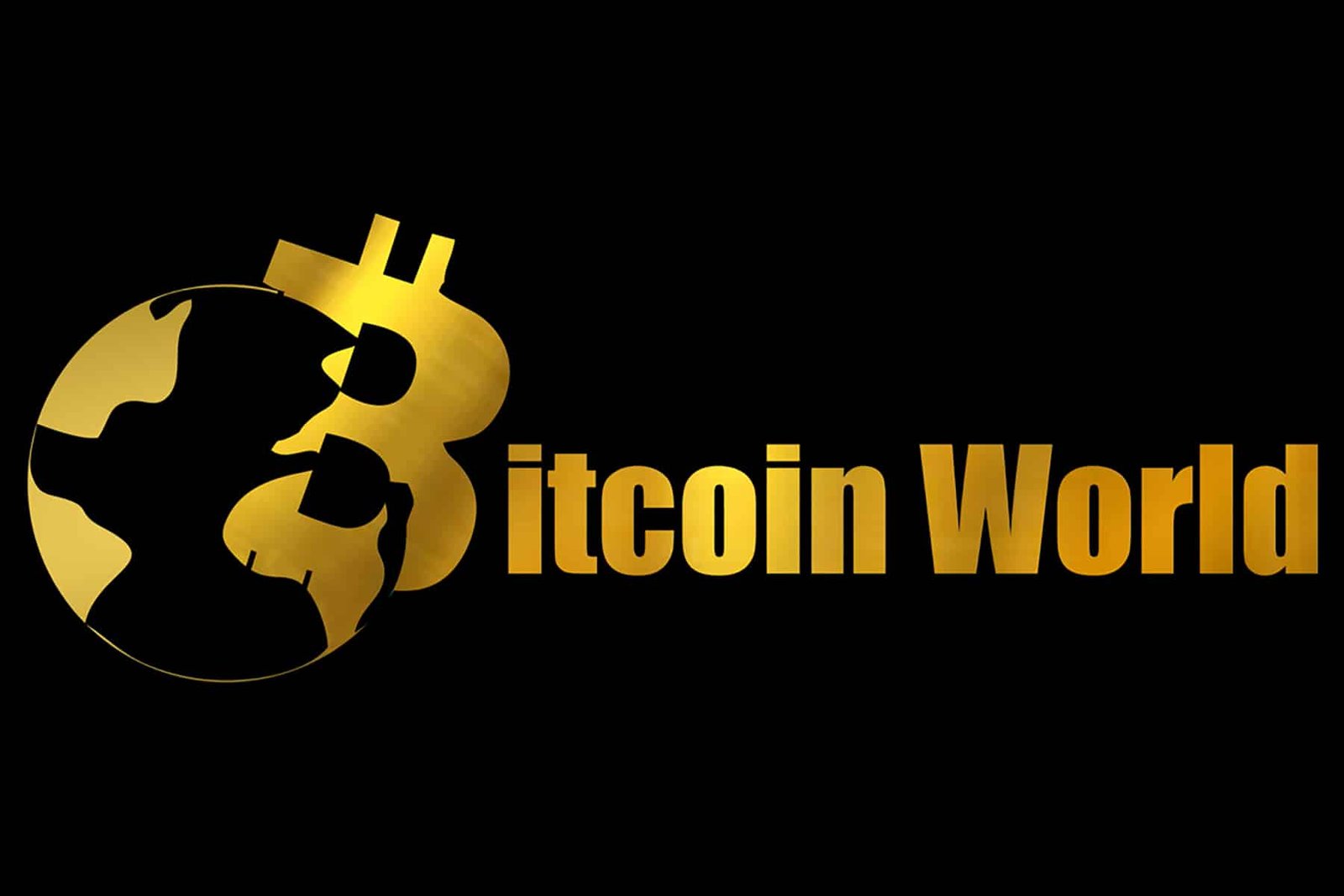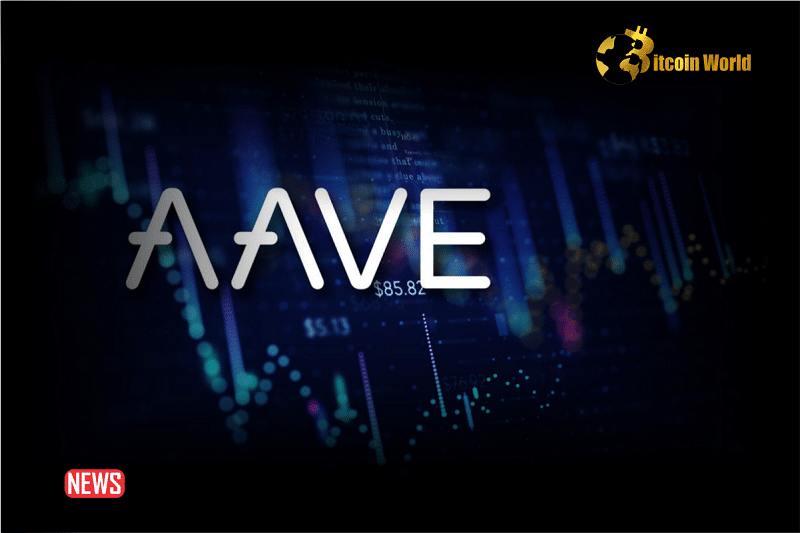[ad_1]
What are inscriptions ?
Inscriptions in crypto are pieces of metadata that can be added to block on blockchain . They can be used to store any type of data, such as text, images, or even code on the blockchain, which means that they are permanent and immutable. Inscriptions allow the creation of unique, non-fungible digital artifacts that can be used for various purposes such as art, collectibles, and more.
What Are Bitcoin Ordinals?
Bitcoin Ordinals, also called Ordinal inscriptions, are individual satoshis (sats) containing unique data.Inscriptions are made on sats in the order in which they are mined. The types of data that one can inscribe onto a sat include images, HTML, SVG, text, and audio, opening up Bitcoin to a range of new use cases. Bitcoin Ordinals are native to the Bitcoin blockchain, making them immutable, decentralized, and highly secure.
The Ordinals protocol, which developer Casey Rodarmor launched in January 2023, uses a numbering system known as Ordinal Theory to identify, track, and trade inscribed sats.The Ordinals protocol has enabled asset issuance on Bitcoin, boosting utility and attracting new users. This increased utility has been achieved without changing the Bitcoin network. Instead, the Ordinals protocol leveraged the Taproot and SegWit upgrades to expand Bitcoin’s utility.
Bitcoin Ordinals present unique new use cases for the Bitcoin network which can contain Digital Arts(NFTs) , on chain token issuance ,online games , data storage , e-property rights , provenan ce tracking nad many more.
What Is the ERC-20 Token Standard?
ERC-20 (Ethereum Request for Comment 20) is a standard for fungible tokens on the Ethereum blockchain.
Developer Fabian Vogelsteller proposed the token standard in 2015 via the Ethereum Improvement Proposal (EIP) process. As the twentieth comment, the proposal got the name ERC-20. It was later approved and implemented in 2017.
ERC-20 tokens are generated using smart contracts, and you’ll need ETH to create an ERC-20 token. So far, developers have minted over 450,000 ERC-20 tokens.
What Is the BRC-20 Token Standard?
BRC-20 (Bitcoin Request for Comment 20) is an experimental standard for fungible tokens on Bitcoin, enabling the creation of digital tokens on the Bitcoin blockchain.
The new token standard is powered by Ordinals, a protocol that allocates ordinal numbers to satoshis (sats) in the order in which they are mined without making any changes to the Bitcoin protocol. This numbering scheme, called Ordinal Theory, allows individual sats to be inscribed (appended) with data, transferred, and tracked throughout the Bitcoin supply. Pseudonymous developer Domo developer introduced the BRC-20 token standard to Bitcoin in March 2023. He modeled it after Ethereum’s ERC-20 token standard, even though they aren’t identical. According to Dune Analytics, over 21 million BRC-20 tokens have been minted so far at the time of writing.
How Are BRC-20 Tokens Different From Bitcoin Ordinals?
While Bitcoin Ordinals and BRC-20 tokens are generated using Ordinal Theory, the former are non-fungible while the latter are fungible. Fungibility refers to a token’s ability to be interchanged with an identical token. For instance, you can exchange 1 BTC for 1 BTC.
Technically inscriptions and ordinals are both the same but the inscriptions done on BITCOIN chain BRC20 are called BITCOIN ordinals.
How Are inscriptions/ordinals Different From NFTs?
basically inscriptions and NFTs both are non fungible but the NFTs have their own contracts for which it is created while ordinals and inscriptions are just the metadata embedded on main chain for which it is created . so in layman terms you can consider Ordinals as NFTs created on BITCOIN but as a metadata on BITCOIN chain.
[ad_2]
Source link






